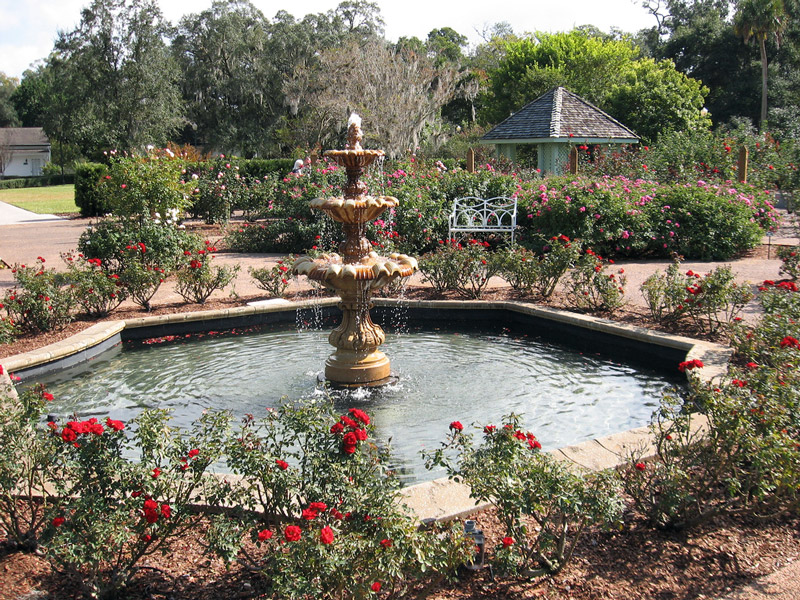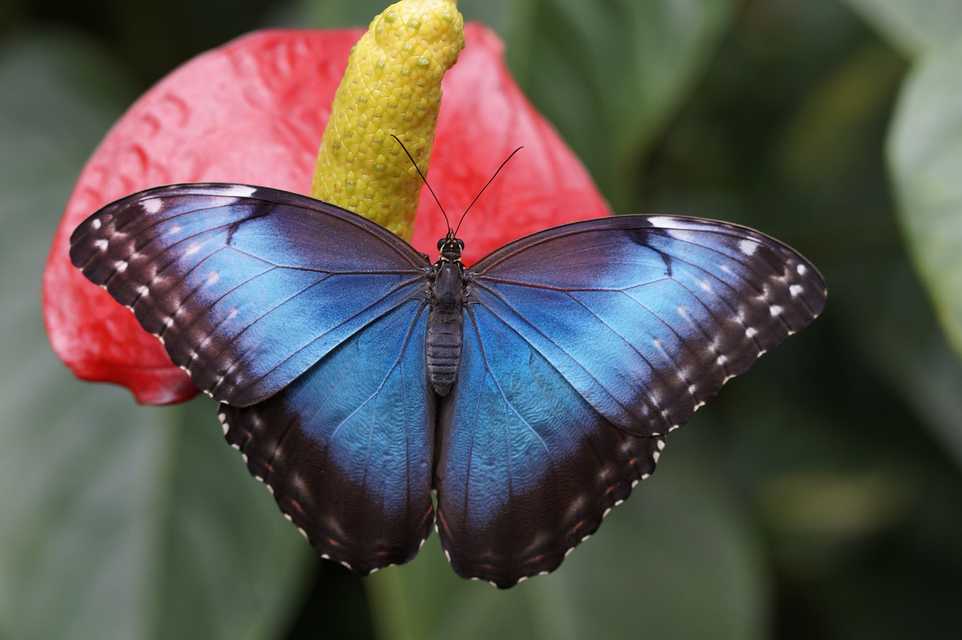
When you think of going to Orlando in Florida for a holiday, you will probably think of all the well known venues that are there to visit. For instance Disney World and Universal Studios will probably be high on your list of places to go.
Don’t restrict yourself to the obvious locations to visit. Make sure you also visit some of the lesser known ones, such as Leu Gardens for example.
Your first reaction will probably be, “What are the Leu Gardens? I’ve never even heard of them.” This is common – not many people outside Orlando in Florida know what these gardens are, and they may not even be remotely familiar to them.
In actual fact Leu Gardens is a wonderful place to see because it is just about as far away as you could get from the traditional theme parks that are dotted all over Orlando. There are 50 acres to explore once you get here, so the best bet is to pack up a picnic, get yourself some supplies for the day and prepare to enjoy as much of the gardens as you possibly can.
We have a man called Harry Leu to thank for the gardens that now bear his name. He was an amateur botanist and he had a passion for camellias among other things. You can see plenty of evidence of this throughout the gardens, since there are thousands of them in situ all over the place.
Mr Leu and his wife originally bought the land on which the gardens stand back in the ’30s. They also bought a house here and you can see it when you visit the gardens. Their love of plants extended to bringing lots of different ones back from all corners of the world. These included the famous camellias.
Eventually they decided to give the house and the grounds over to Orlando itself. They would no doubt be proud of how the gardens have been continued on and kept in pristine condition ever since.
One of the most delightful areas of the gardens is the Butterfly Garden. As the name would suggest this is the best opportunity you have to see plenty of butterflies enjoying the surroundings that have been put together especially for them. The good news is that this particular area has been put together to ensure you can see butterflies no matter what time of the year you happen to visit Orlando. This is just one of the delights you will see when visiting the Leu Gardens during your time in Orlando.


